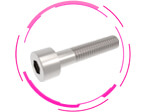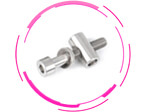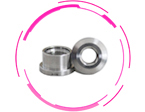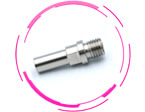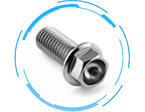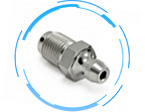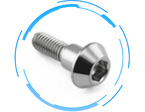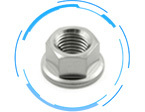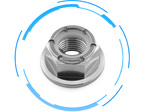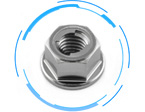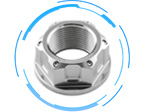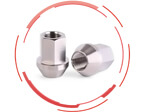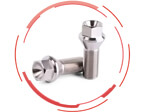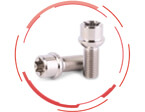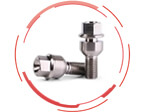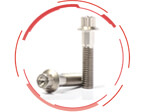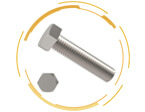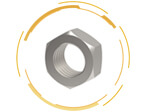Titanium Production Process
PageView:604 Category:Titanium Knowledge
Titanium Production Process
Titanium is the fourth most abundant metallic element in the Earth’s crust. It is found naturally, generally in chemical combination with oxygen and iron.
Titanium production is a particularly complicated process. The first step is to make sponge (which takes its name from its spongy appearance) from the rutile and ilmenite: chlorination, production of titanium tetrachloride, which is then reacted with magnesium (using the Kroll process). The next step is to produce an ingot from the sponge, by melting, either under vacuum using a consumable electrode or VAR (Vacuum Arc Reduction), or by cold hearth Electron Beam (EB) melting, or by PAM (Plasma Arc Melting), or by ISM (Induction Skull Melting). Titanium alloy ingots are produced by the addition of various elements (vanadium, aluminium, molybdenum, tin, zirconium, etc.). The ingots are generally processed by hot forging to obtain semi-products (slabs, blooms and billets), which are in turn processed by rolling, forging, extrusion, machining, etc. to obtain finished semi-products (bars, sheets, tubes, wires, etc.)
Annual titanium consumption worldwide is around 60,000 metric tons (equivalent to the surface area of a football stadium to a depth of two metres)
Key properties of titanium:
1, Titanium has a high resistance to corrosion and can be passivated.
2, Non-toxic and biocompatible.
3, Low density (4.51g/cm3) with good mechanical properties.
4, Titanium can be moulded, forged, processed by powder metallurgy, welded, stamped, machined, etc.
Generally speaking, titanium alloys have superior mechanical strength and lower corrosion resistance than non-alloyed grades of titanium, also known as commercially pure (CP) titanium.
At high temperatures, titanium has a high affinity for oxygen, nitrogen, carbon and hydrogen. This essential characteristic must be taken into account in the use and processing of the metal.
Surface oxidation provides excellent corrosion resistance. A special feature of this protection is that it reforms naturally in the event of scratching, which gives titanium a considerable advantage over stainless steels.
Physical properties of titanium:
1, Usual state: solid
2, Colour: silver-white
3, Melting point: 1720°C
4, Molar volume: 10.64.10-6m3/molDensity: 4,507 g/cm3
5, Electrical conductivity: 2.34.106S/m
7, Coefficient of thermal expansion: 8.5.10-6/°C
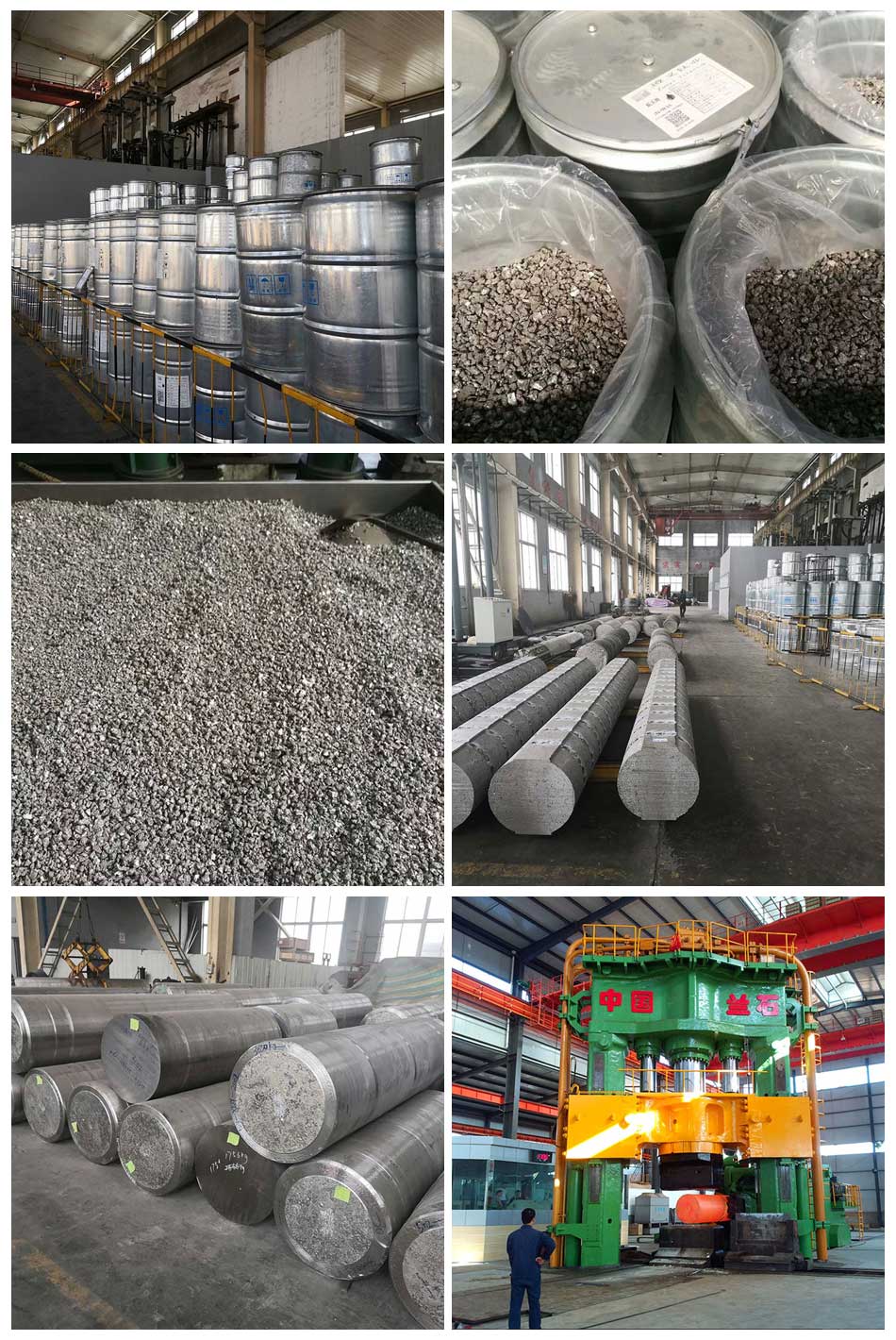
Last: Titanium





